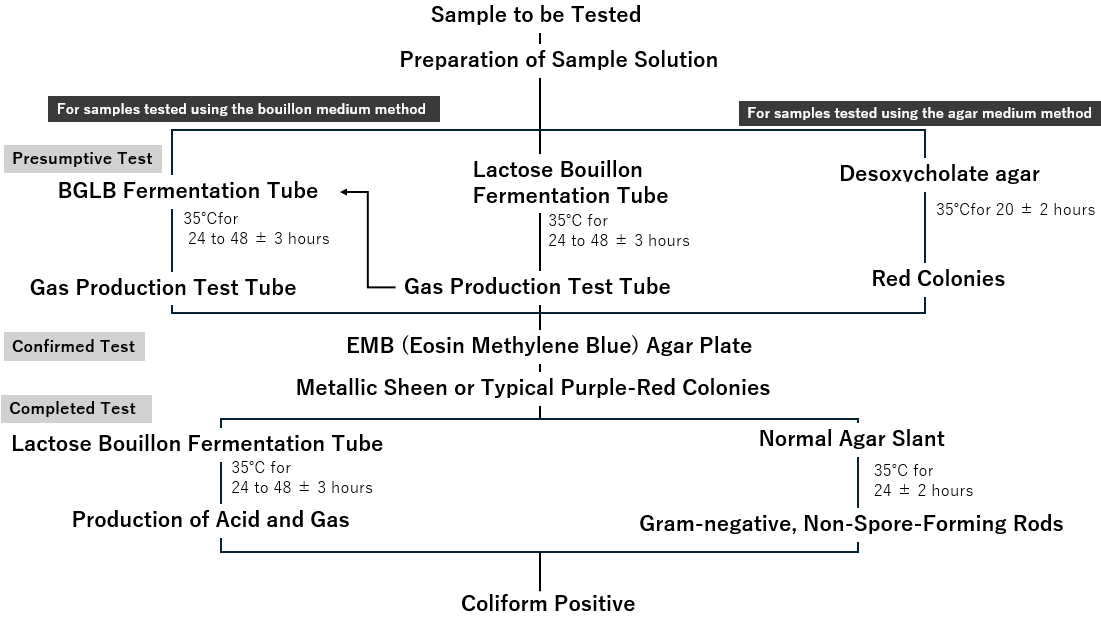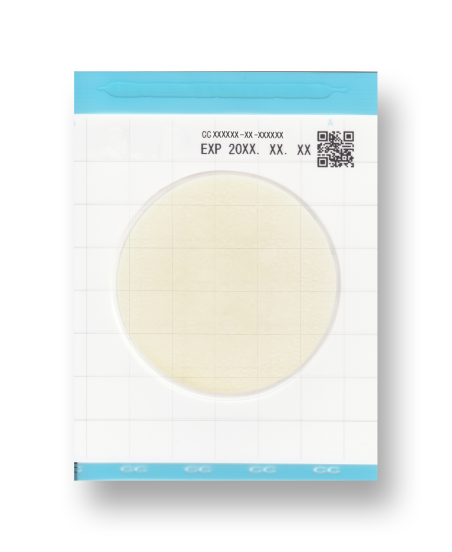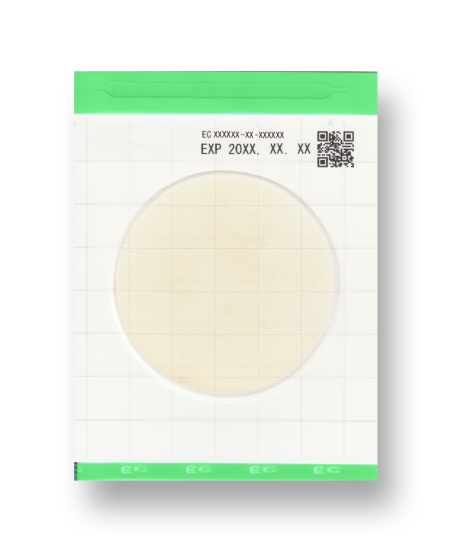About Coliforms
Coliforms are Gram-negative, non-spore-forming rods that, within 48 hours, can break down lactose to produce both acid and gas. Coliforms are widely present in the environment, including soil, water, and the intestines of animals. Although the term "coliforms" does not exist in taxonomic classification, it is used in the field of food hygiene. The majority of coliforms belong to the Enterobacteriaceae family, but they are also widely distributed in nature outside the intestines, such as in soil and coastal seawater. Examples include Aeromonas, Citrobacter, Klebsiella, Escherichia, and Enterobacter.
Bacteria that belong to the coliform group are sensitive to heat and can be killed if proper heat sterilization is applied. Since they should not be detected if proper manufacturing control is in place, testing for coliforms is widely conducted as an indicator of sanitary conditions. If coliforms are detected, it suggests that either the heating temperature or time was inadequate, there was insufficient cleaning and sterilization of equipment used after heating, or there was an issue with the management of products after the heating process.
Reference: Food Sanitation Inspection Guidelines: Microbial Edition, Revised 2nd Edition, 2018
Coliform Count Process Workflow
Workflow for measuring coliforms.

Reference: Food Sanitation Inspection Guidelines: Microbial Edition, Revised 2nd Edition, 2018
Products for Coliform Count
This is a ready-to-use microbial testing film medium that requires no preparation of culture media.
The colonies of coliforms appear clearly blue due to a chromogenic enzyme substrate.
Learn more about the product
With two types of chromogenic enzyme substrates, E. coli colonies appear blue-violet to dark blue, while colonies of other coliforms appear pink to reddish-purple.
Learn more about the product



